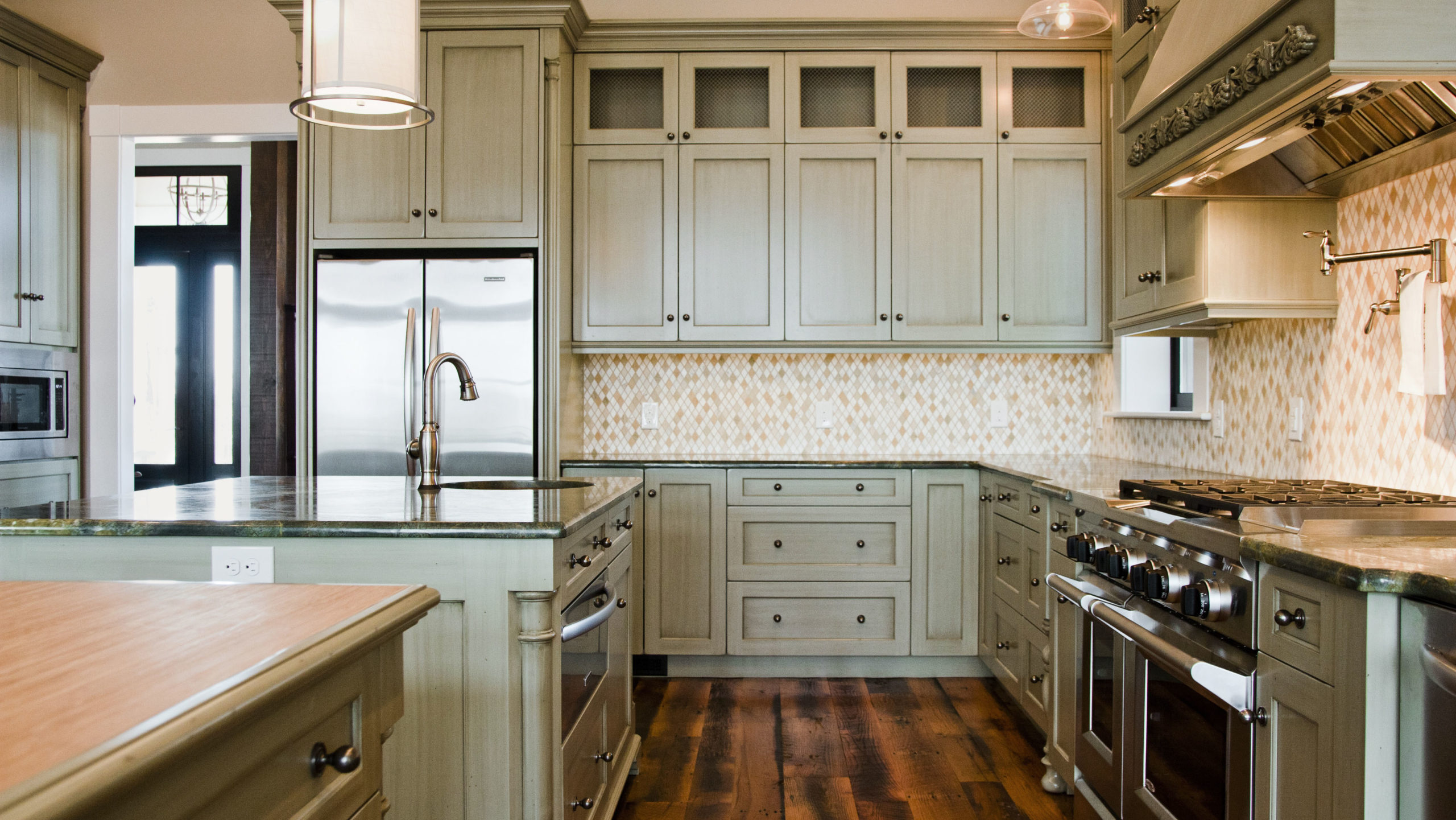Green Term Defined: Lifetime Home
Green Term Defined: Weatherization
Green Term Defined: Weatherization
Green Terms Defined: Pervious Concrete
Pervious concrete is rare in our area, but is growing in popularity. It is simply concrete that...
Green Terms Defined: Year end summary
The 4 C's: You have to be able to effectively convey the information from design to construction...
Green Term Defined: R-Value
R-Value is a measure of the reduction of heat transfer across a defined path. An R-Value of a...

